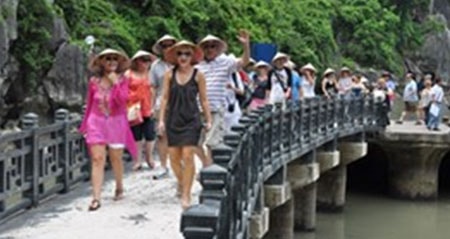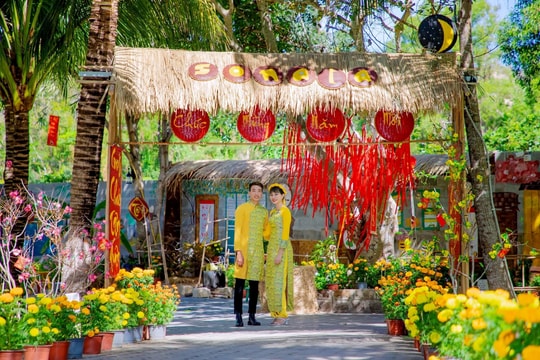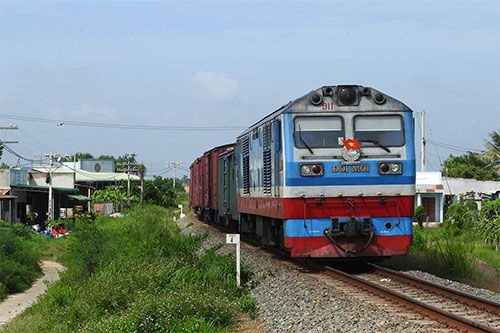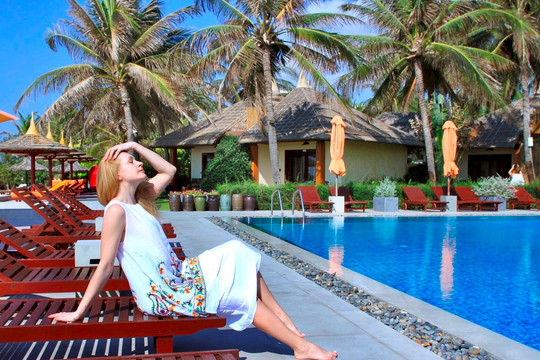Government officials made the statement at a press conference held in Hanoi on May 19, stating that a concurrent de-emphasis of lower spending markets would result in an overall benefit and more profitable tourism sector.
 |
According to statistics, a Russian tourist in Vietnam often spends around US$2,200-US$2.500 on average, even up to US$4,000 in some high-spending segments. Visitors from Western Europe, Australia and North America customarily spend below US$2,000 each.
Vietnam National Administration of Tourism (VNAT) General Director Nguyen Van Tuan, said that these are the high-spending markets that we should focus on in the future.
Tuan added that the market shift means that the sector will turn to traditional and high-spending markets namely Russia, Japan and the Republic of Korea which have established fine political relations with Vietnam as well as Western European, North American and Australian markets.
Meanwhile, although the ASEAN market has lower spending demands, travel activities are very easy with the presence of low-cost air routes. In addition, Vietnam's demand stimulus package can also increase expenditures, the quality and efficiency of the tourism sector.
Tuan emphasized that the sector will strengthen activities to stimulate demands for domestic tourism for higher growth in the coming time. Effective solutions will focus on enhancing connectivity among businesses, travel agents, hotels, restaurants and airlines to offer preferential service packages to local tourists.
VOV

















.jpg)





.jpeg)

.jpeg)


.jpeg)


